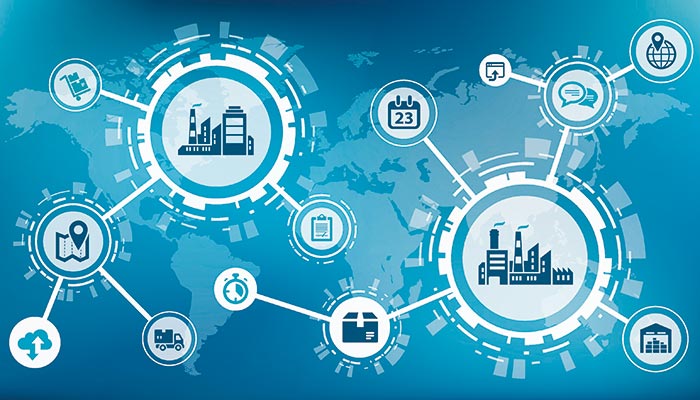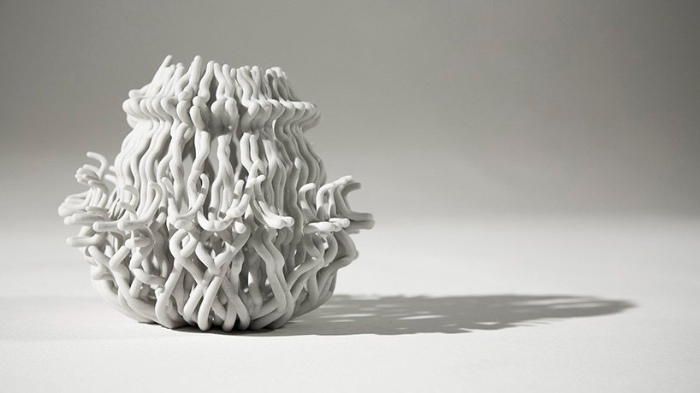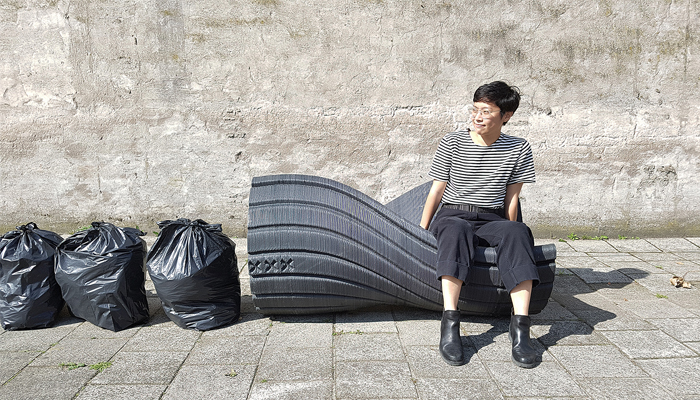2021: What to watch out for in additive manufacturing

The year 2020 was eventful and unpredictable to say the least. However, the additive manufacturing industry adapted to these changes surprisingly quickly, and was able to stay afloat. If you remember, many of the needs in the healthcare sector were initially met through the efforts of users of 3D printing. On the other hand, global supply chains that relied on traditional methods suffered immensely during this time.
In a recent piece, we looked at the trends that shaped the industry in 2020. We noticed some trends were natural continuations of shifts that had started a few years ago, such as the growing move from prototyping to end-use applications, whilst others were newer. As we enter the 4th decade of 3D printing, and with recent events, we also enter a decade that has the potential for renewal. To wrap up 2020, we decided to get in touch with some important players in the field of AM to ask them about their vision of the state of 3D printing and their new year wishes. Make way for 2021!

AM showed it was a technology able to provide meaningful solutions to emerging challenges, including supply chain challenges.
Data-rich additive manufacturing: AI, process control, simulation software
DyeMansion, which raised $14M in 2020 for its AM finishing systems, understands the key position of post-processing in adding value to the AM process. CTO and Co-Founder Phillip Kramer explains: “Combined with further automation and innovations in the post-processing sector, 3D-printing is getting much closer to being recognized as a true industrial manufacturing technology. To realize the potential of those innovations, forming strong alliances between different solution providers is necessary.” Even today, many applications will fail because they are not able to meet repeatability requirements. Producing consistent part quality every single time is still a challenge. Kramer adds: “Hopefully, with more and more machines in the market and more data to be analyzed by AI-based algorithms, we can get closer to predictable part quality in 2021. When you combine new systems with intelligent process control, many applications will finally unlock in the years following 2021.”
Linked to the last point, Greg Paulsen, Director of Application Engineering at Xometry comments: “I feel advancements in software digital twins (simulation) will help us get more from the established technology base. This includes better build preparation, design for manufacturing, and sourcing additive projects.” As a platform that connects designers with production resources, Xometry understands the value of adding more capabilities to software; digital twin software is used in many industries to provide a virtual representation or simulation of a physical asset, and is used to monitor the performance of the asset in real-time. Paulson adds: “New tech is on the horizon as well as novel materials; this is especially true in the photopolymer space with new production systems and engineered resins. On my wish list for 2021 is the fade-out of STL files to a format that is more data-rich, such as 3MF. I would also like to see better access to digital tools for texturing, latticing, and other AM file preparation.”

3D printing requires a new approach to design engineering. With data at hand, part quality and repeatability will finally meet requirements | Image via AMFG
Towards a more sustainable future?
AM showed it was a technology able to provide meaningful solutions to emerging challenges. Danny Winn, VP Growth & Innovation at AMFG comments: “2020 has clearly been an interesting year for everyone, one positive is that 3D printing was thrust into the spotlight as challenges created by COVID gave AM the opportunity to demonstrate the power of being able to manufacture on-demand, locally.” AMFG offers workflow automation software for additive manufacturing to help companies achieve autonomous production at scale. The expected wider adoption of the technology in midsize to enterprise level OEM’s will definitely accelerate the disruption to traditional manufacturing and supply chains. Winn adds: “3D printing offers significant environmental benefits which is rarely talked about, my wish would be that more businesses are able to recognise the strategic alignment to their corporate net zero objectives, thus investing more in the development of AM and enabling societies shift to a more sustainable future.”
The leading company in additive manufacturing, Stratasys is set on accelerating applications. Andreas Langfeld, President of Stratasys EMEA states: “More and more small and large companies are analyzing their BOM (bill of materials) to transition selected product components from traditional to additive. There are multiple AM solutions today delivering certified additive production capabilities and 2020 has shown that more and more customers are open to make a change. The next big thing is now and I wish many companies out there will drive efficiency, reduce cost and increase the green footprint by additive manufacturing being applied in-house.” Many have claimed 3D printing will introduce environmental improvement given that it generates little waste during production and promotes local production thanks to digital manufacturing. Analysis of the environmental performance of 3D printing is still quite limited today. However, a shift towards sustainable manufacturing is definitely possible with additive manufacturing (from sourcing renewable materials, managing waste, improving recyclability, etc.) and 2021 is a good place to start.

The New Raw in Amsterdam transforms plastic waste into urban furniture thanks to 3D printing technologies
If we now look at the end-user side, it is clear that additive manufacturing has won over the market with its ability to provide fast, local and sustainable solutions. Anne Debauge, Digital Director Pack&Dev at L’Oréal, told us: “I was impressed by the speed of deployment of 3D printing regarding face shield manufacturing for our doctors and retailers, while bridging the gaps in the supply chain in place. Its unbeatable agility coupled with a national mobilization of the 3D printing community enabled us to be actors during this period“. As for the future, this ecological dimension is important for L’Oréal, but additive manufacturing must first be deployed on an industrial scale: the objective is to be able to rely on a production method that is easily repeatable, fast and flexible. Anne concludes: “Our wish is to 3D print on an industrial scale from recyclable and recycled food-grade materials that answer the needs of our consumers. The maturity of the technology is evolving very rapidly but not all the lights are green for wide deployment“.
What are your new year wishes around additive manufacturing for 2021? Let us know in a comment below or on our Facebook and Twitter pages! Sign up for our free weekly Newsletter, all the latest news in 3D printing straight to your inbox!
*Thumbnail Image Credits: Siemens






